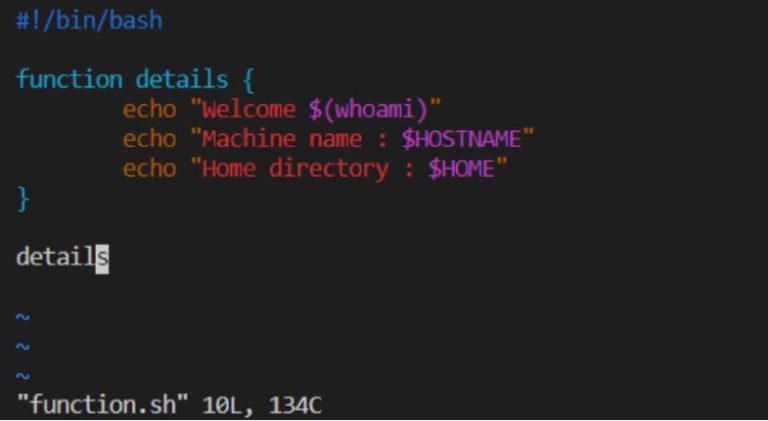

#PWGEN BASH SCRIPT EXAMPLE PASSWORD#
As the apg approach generates six password instances at a single command execution, makepasswd can generate more password phrase options and also specify the character length of these password phrases.

Its command string accommodates the use of an integer argument to specify the number of password phrase outcomes you wish to generate. Using makepasswd is simple and even more flexible than the apg approach.
#PWGEN BASH SCRIPT EXAMPLE INSTALL#
$ sudo apt install makepasswd $ sudo pacman -S makepasswd $ sudo yum install makepasswdĪs you have noticed, you will also need to be a Sudoer user to be granted the execution permissions of installing this package. For the Debian-based, Arch-based, and RPM-based Linux systems, respectively, the makepasswd installation command is straightforward. You first need to install it to use this utility since it is not inbuilt like most of the approaches we have covered. It is a unique approach to generating many passwords at once without the need for running a single command over and over again to get the desired number of password phrases. You can choose to go with either of the generated phrases, or you can use them all in your various password requirements. $ apg -a 1Īs you can see, the output has unraveled six unique options. Time to be more practical with this apg password-generation approach. The varying output options will have a length of 8-10 unique random characters. Generating these random password phrase options is as easy as running the command string apg -a 1. From these options, you will select a phrase that best works for you as a password. It takes a random input and generates a variance of password phrase options. Using this utility is easy, and its approach is different from the other password-generation mechanisms we have handled so far.

This tool is prepackaged with the OS or installed during the OS installation on an Ubuntu Linux system. APG is another effective tool for automating the generation of unique password phrases on a Linux environment.


 0 kommentar(er)
0 kommentar(er)
